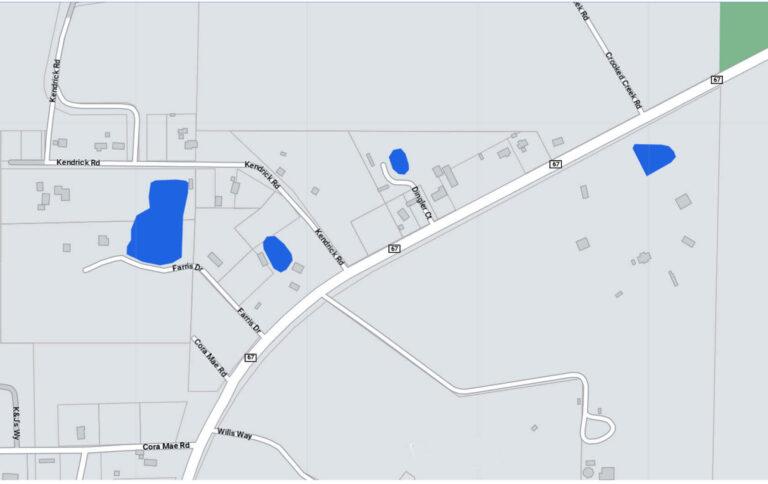Insurance Nerd Day
Happy Insurance Nerd Day! Yes, it’s a thing. While it may be important, there probably are not very many insurance nerds out there – except for me and a few others in Gulf and Franklin counties!
Recently I have been working on a variety of insurance cases. The first is for a married couple around the age of 60. Their employment situation has changed, and they are exploring private life insurance to replace the group coverage that will go away.
As you probably know, there are “term” life insurance policies that provide a fixed death benefit for a specific period of time (10, 15, 20, etc. years) for a fixed premium. When that selected term ends, the coverage typically ends, or may be continued at much higher rates that generally increase each year from that point forward. There are also “permanent” insurance policies that have higher premiums than term, but can accumulate a cash value and continue coverage for the remainder of one’s life.
And, of course, there is the “combination” policy that has a fixed death benefit for a specific number of years and after that fixed number of years the death benefit decreases each year. But, the insured has coverage for the remainder of his or her life along with a fixed premium for the remainder of his or her life.
Another important consideration for the demographic of people who live in Gulf and Franklin counties is how to pay for long-term care needs. My current financial planning assumptions include a two-year need for long term care (in home or in a facility) in the last two years of a person’s life; the current national average for that cost is about $60,000 per year.
But, for a 60-year-old who we plan to live to age 90 (not unreasonable due to medical and health advancements), that $60,000 in today’s dollars could be $180,000 in 28 years at a 4% increase per year. So, an 88-year-old today might spend $120,000 for two years of care, but a 60-year-old would spend $360,000 for two years of care.
Some people purchased traditional long-term care insurance that promises to pay a certain amount each day (daily benefit) for a certain period of time after an initial period of needed care (elimination period), but those policies are basically not offered anymore. And, the companies that wrote these policies are raising rates or offering people buy-outs to help shore up the companies’ balance sheets from the high cost they are experiencing. Currently, companies are offering policies that are combinations of life insurance and long-term care insurance.
The process of applying for insurance has gotten a lot easier; a potential insured completes an application with an insurance company. The company then schedules a paramed (generally a nurse) to come visit face-to-face to confirm one’s identity, height, weight, blood pressure and to take a urine sample, blood sample, and potentially some other samples depending upon the situation. Once the company evaluates the findings from the paramed and one’s medical records, the company then gives the official offer (or decline) for coverage. At that point, the insured can say yes, no, or how about something different – without having spent a dime along the way.
It is wise to have your current life insurance coverages reviewed every couple of years to confirm or change beneficiaries, to see if there are any better deals in the market, and to evaluate the continued viability and need of the coverage. The best time to get any insurance is when you can afford it, while you are still alive, and while your health is as good as possible.
Gulf County resident Walter L. Woodrick is a certified financial planner practitioner, and the author of two books. His website is WoodrickFinancial.com, and his text number is 850.724.1369. Securities and advisory services are offered through LPL Financial, a Registered Investment Advisor, Member FINRA/SIPC. The opinions voiced in this article are for general information only and are not intended to provide specific advice or recommendations for any individual. #600751-1






Meet the Editor
David Adlerstein, The Apalachicola Times’ digital editor, started with the news outlet in January 2002 as a reporter.
Prior to then, David Adlerstein began as a newspaperman with a small Boston weekly, after graduating magna cum laude from Brandeis University in Waltham, Massachusetts. He later edited the weekly Bellville Times, and as business reporter for the daily Marion Star, both not far from his hometown of Columbus, Ohio.
In 1995, he moved to South Florida, and worked as a business reporter and editor of Medical Business newspaper. In Jan. 2002, he began with the Apalachicola Times, first as reporter and later as editor, and in Oct. 2020, also began editing the Port St. Joe Star.